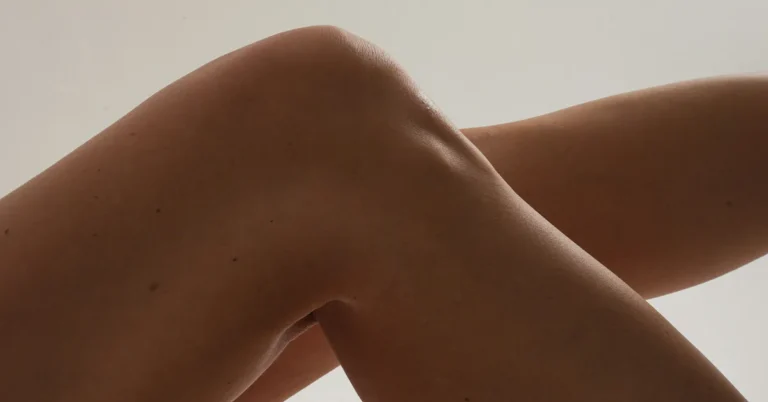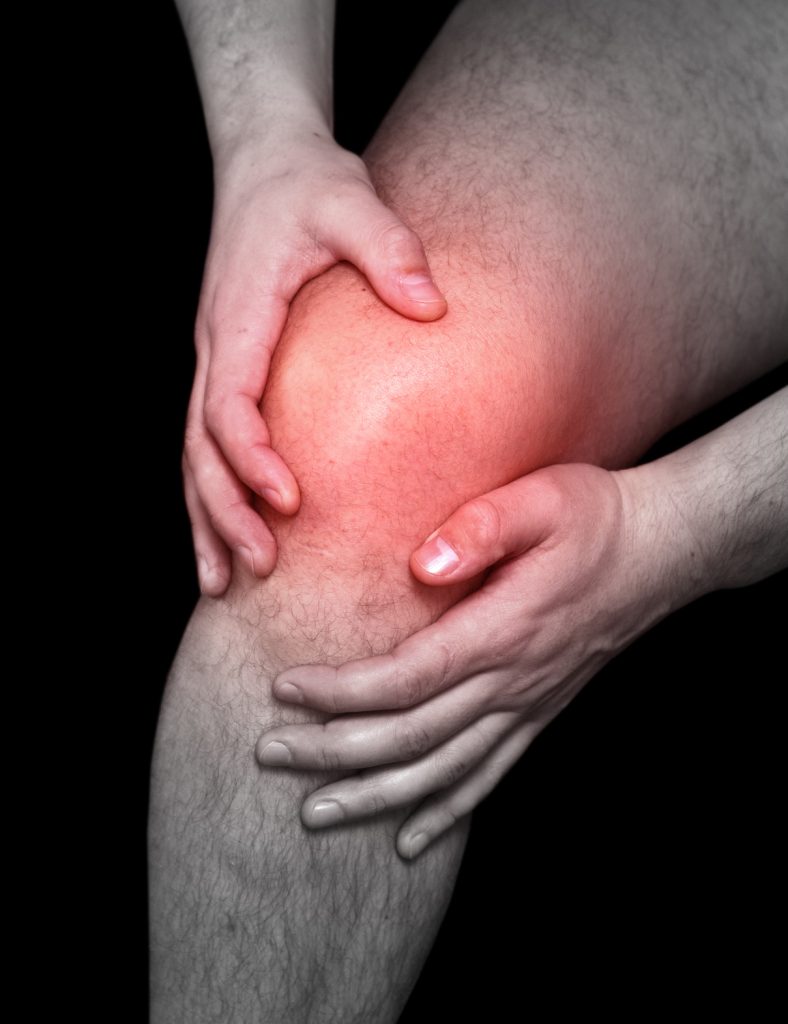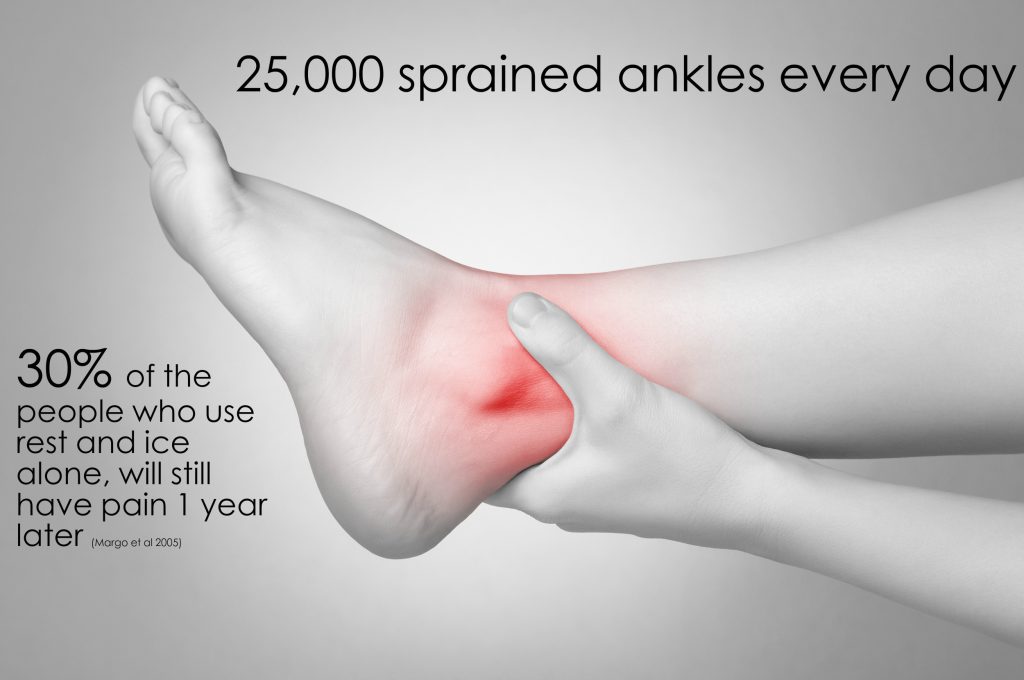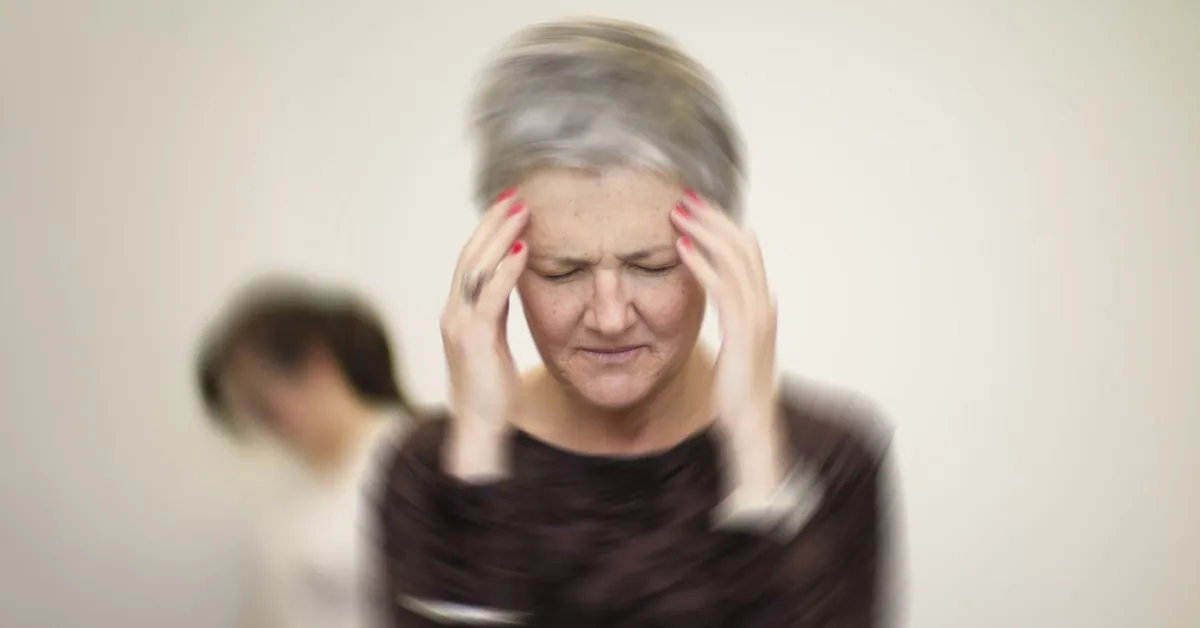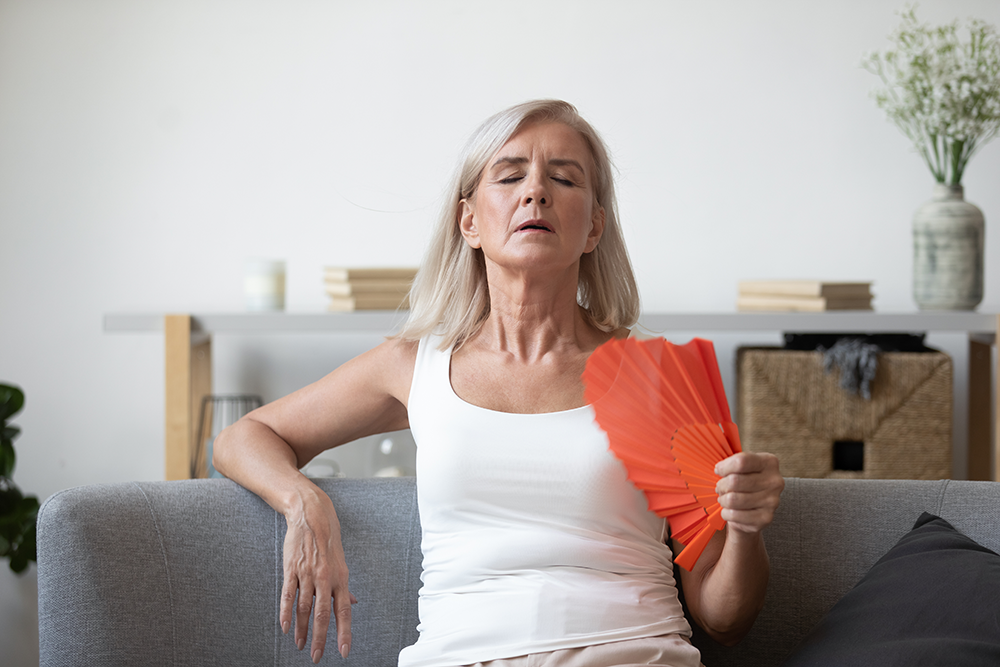Sprained ligament?
A ligament is a strong fibrous soft tissue which provides a passive joint constraint to prevent excessive movement. We call an injury to ligamentous tissue a sprain and its a strain with muscle tissue. But both are termed soft tissue injuries. The joint capsule is a ligamentous type bag which surrounds a synovial joint and injury may also occur there. So differentiating between a specific ligament and a general sprain to the capsular bag can be challenging.
When a ligament is sprained there may be many signs and symptoms:
pain
swelling/effusion
bruising
laxity (looseness) of the passive constraint strength with a possible lack of end feel on tension if ruptured
instability
poor joint function
Grades of ligament injury
A grade 1 ligament injury is where pain can be reproduced on testing but there is no laxity and the end feel is present. It can be subdivided into two levels microscopically (not clinically on testing) into those injuries with no collagen fibre disruption and those with a small amount of collagen fibre disruption.
A grade 2 ligament injury is where there is pain and laxity on testing but an end feel is felt. In this case there has to be enough collagen fibre disruption to mechanically weaken the ligament.
A grade 3 ligament injury is where the ligament is ruptured and there is a complete tear of collagen fibre alignment.
Signs and symptoms differences between grades of injury
There is often little to help us tell the difference between these grades of injuries without us testing the ligament itself. They are all painful (sometimes grade 1 can be more painful than a grade 3 rupture), usually all are swollen (to varying degrees and some patients swell more than others) and suffer a range of the signs and symptoms listed above. A feeling of instability may indicate more significant injury but not in every case. Although many of our tests have a good degree of reliability in gauging the grade of injury, a lot of times it will come down to experience and watching the progress of the signs and symptoms presented by the patient. If required we need to arrange a soft tissue scan to see if any fibre disruption is present. This may be an ultrasound or MRI scan depending upon the structure we believe to be injured. Scans do not make treat the problem but give us an accurate picture to base a rehabilitation/recovery timeline.
Most common ligament sprains?
- Lateral ligament of the ankle
- Medial collateral ligament of the knee
- Anterior cruciate ligament of the knee
- Acromioclavicular ligament at the shoulder
- Radial and ulnar collateral ligaments at the wrist
Top tips for treating a ligament injury
- If the joint feels painful and unstable stop what you are doing to protect from further injury
- Apply ice therapy in the initial injury period (0-3 days)
- See a sports or MSK physiotherapist to diagnose the grade severity (if possible)
- Follow initial plan to either support and rest or start early mobilisation and rehabilitation (that depends upon the grade of injury)
- Make sure you complete a full rehabilitation plan. The strongest predictor of future injury is a previous injury which has not recovered or fully rehabilitated.
If you have just injured a ligament and would like a management plan or have a chronic instability or weakness because of an old injury then we can help. Give us a call on 0131 478 4646 or book an appointment online.
